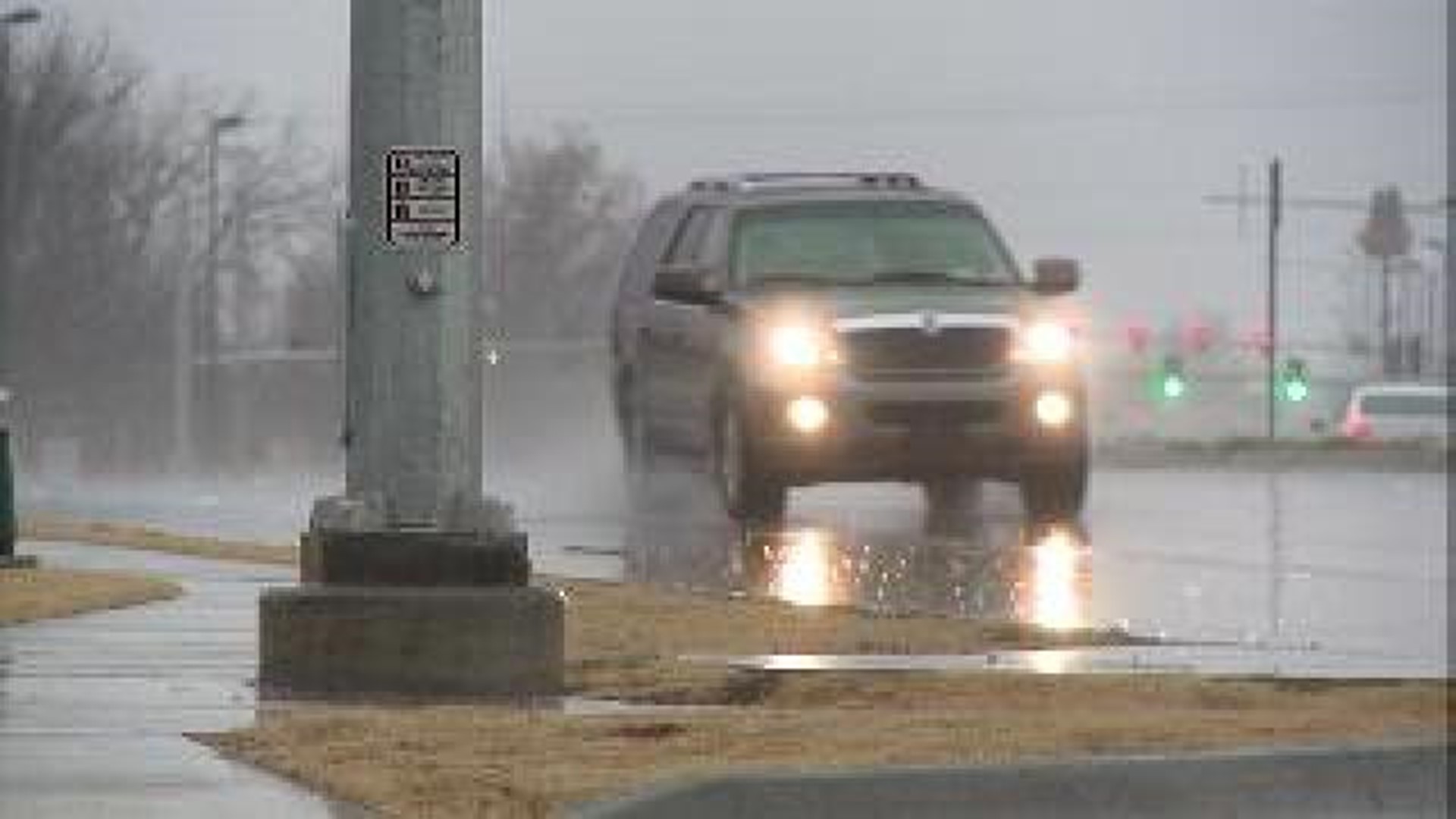The storm earlier this week brought in one of the biggest rainfall totals we've seen in months, with almost three inches of rain in Fayetteville.
“Right now it’s given us hope is what it’s done,” said Washington County Extension Agent Johnny Gunsaulis.
The last time this much rain fell was 448 days ago, Nov. 8, 2011, with almost 4 inches of rain.
But a drought has plagued the area since May, causing the ground to dry up.
According to the National Oceanic and Atmospheric Administration most of Northwest Arkansas needs 6 to 9 inches of rain to break the drought.
“We went into this winter way behind on moisture for the year last year now in this calendar year we are good but we haven`t completely replenished the soil moisture,” said Gunsaulis.
The recent rain is also good news for gardeners; a dry January usually means a rough planting season.
“We were so dry before that rain that there was a real risk of especially with trees and shrubs planted in the last year or so, there was a real risk of them being killed or damage and burning half way back or something like that,” explained Stephen Black, Owner of Westwood Gardens. “And when it gets really dry and January is a very dangerous time for most plants, if they get dry and freeze hard it will do more damage than if they`re in wet ground and freeze hard.”
The average frost free day is April 15, when people usually begin to plant their gardens.
Although the rain was a relief for some, the soil needs more saturation.
“The problem with the rain that comes that fast is that a lot of it runs off and for landscape is what you need our long slow rains that last one or two days and really saturate the ground,” said Black.
But the rainfall was beneficial for those who rely on runoff for livestock.
“It put a lot of water in surface body waters like ponds that`s the most runoff water we've had in probably 10 months,” added Gunsaulis. “A lot of the livestock producers were having trouble watering their livestock because of ponds that they had traditionally used and historically used were either completely out or so low that the water was pour enough quality that they didn't want to use it.”
Oklahoma has been under a drought for nearly three years, with some places rationing water usage.

